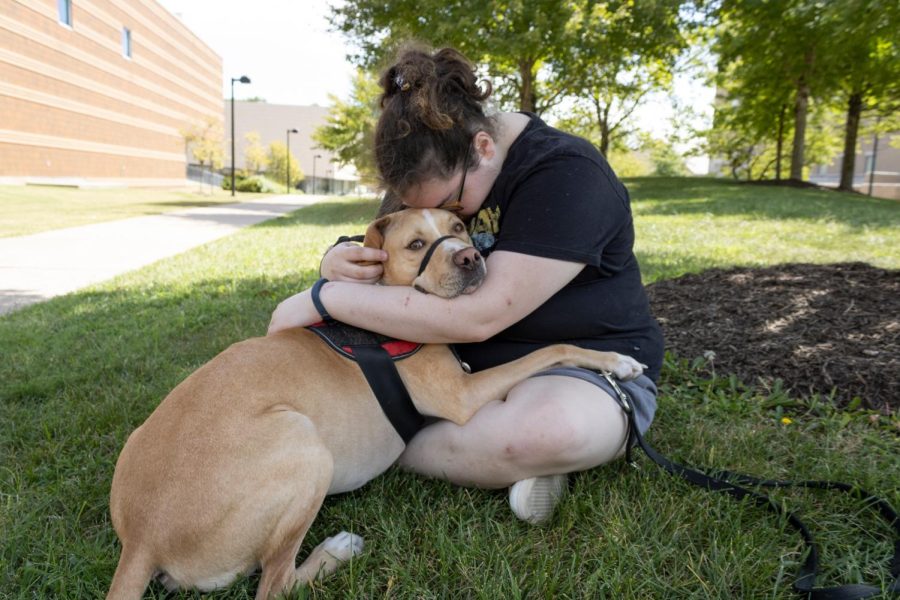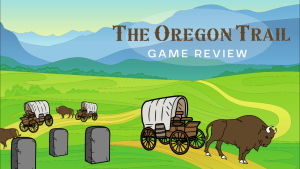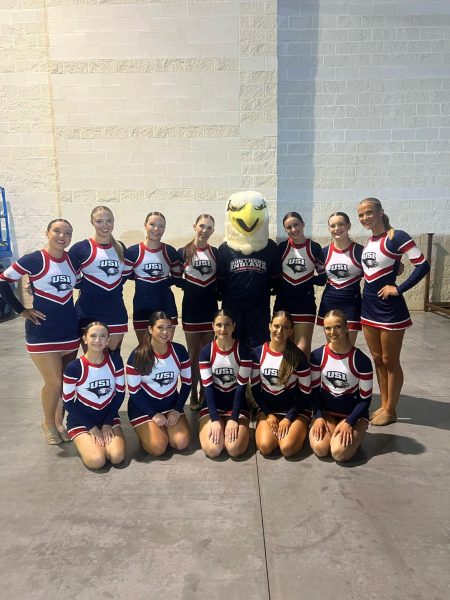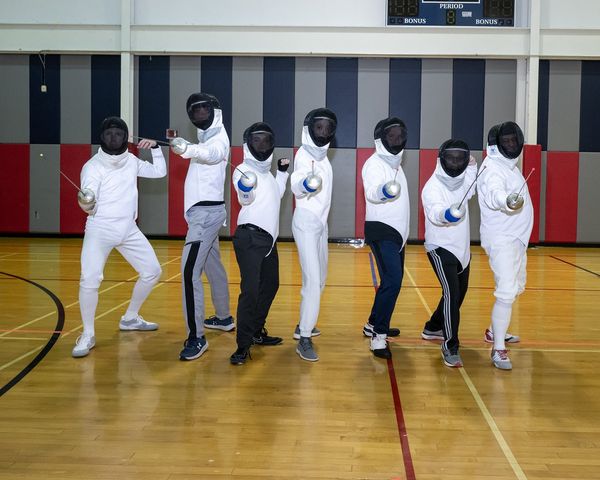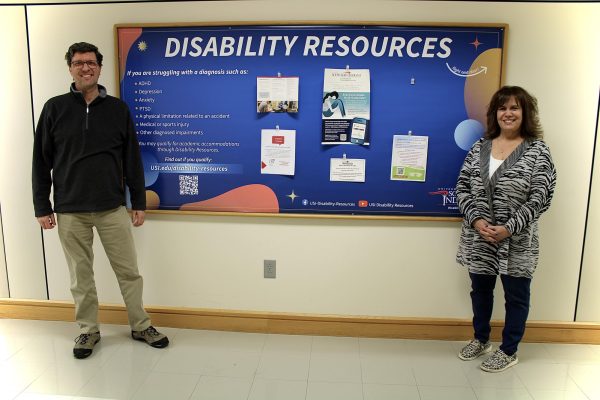Service Dogs: What their handlers want you to know
Ness Calloway, senior English teaching major, sits on the grass next to the University Center Fountain while their service dog, Ozzie, performs a task Sept. 1. Ozzie started service dog training when he was 1 year old.
September 21, 2022
Service dogs are animals that provide a service to their handlers. They are trained through hard work, dedication and patience for one sole purpose: to help their handlers with day-to-day life. As more service animals are welcomed onto campus, two service dog handlers wish students, faculty and staff knew more about their companions.
Ness Calloway, senior English teaching major, and Lizzy Sinning, senior studio art major, are two students on campus who have service dogs.
Calloway’s service dog, Ozzie, is a 2-year-old male Labrador and Great Dane mix. Sinning’s service dog, Lily, is a 10-year-old female yellow Labrador and Rhodesian ridgeback mix.
There are different types of service dogs, including mobility dogs, medical alert dogs and psychiatric alert dogs. Ozzie is a psychiatric alert and mobility service dog, and Lily is a psychiatric alert service dog.
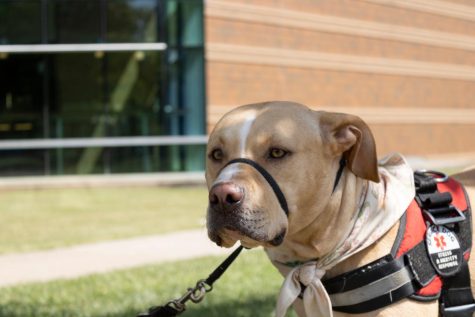
“A service dog is a dog that is trained to perform a certain task, and usually multiple tasks,” Calloway said. “So, for example, if you’re blind for instance, your dog is trained to help guide you to locations, stop you from running into the middle of the street.”
“They are different from like an ESA,” Sinning said. “An ESA is an emotional support animal. ESAs do not have to have any training. A service animal is there to provide work, not just comfort.”
Sinning’s and Calloway’s service dogs were not bred specifically to become service dogs. Lily was rescued from a Craiglist’s ad when she was 5 weeks old.
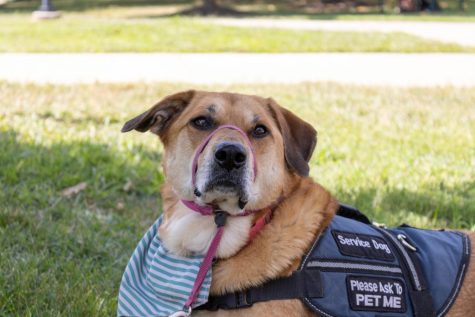
“She was a rescue that was taken away from her mom too soon,” Sinning said. “Someone on Craiglist had bought two dogs for his girlfriend to pick one, and was going to go and put the other one down if he couldn’t sell it.”
Sinning and Calloway rescued Ozzie from living on the streets in trash as a puppy.
Ozzie and Lily started their basic obedience training right away but could not start service dog training until they were older.
“It’s really complicated to learn both obedience and service dog training at the same time,” Calloway said.
Ozzie started his service dog training at 1 year old, and Lily started working as a service dog when she was about 4 years old.
Calloway said Ozzie picked up on their needs during his first year without service dog training.
“He was showing signs he wanted to help,” Calloway said. “He showed that he was very attuned to my anxiety and depression and stuff, which is a really good sign for service dogs if they can already have an incline towards a psychiatric need if that’s what they are being trained to do.”
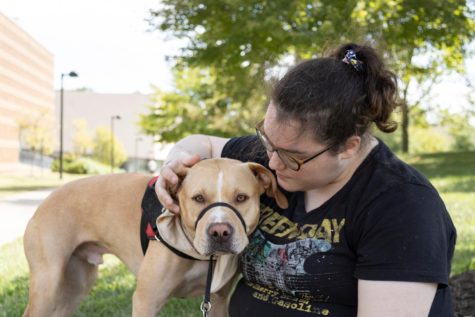
Sinning said Lily learned her service dog training quickly.
“I was lucky that, since I’ve had her for so long, she kind of already figured things out,” Sinning said. “So it was just reinforcement of what she was already doing.”
Calloway and their specialized trainer worked with Ozzie and introduced him to the tasks he would perform.
“We worked on getting him used to the smell of an anxiety attack because dogs can smell the chemical change,” Calloway said. “Then, after that, we worked on tasks that he had to perform so he can alert me if an attack is going to happen.”
According to Calloway and Sinning, service dogs are held to a higher standard than pet dogs.
“You don’t have to go through a trainer, but that is recommended,” Sinning said. “They have to be able to behave well in society and exhibit the task that is needed.”
“They cannot really act out very often. They have to kind of behave and that is why they’re allowed into public places, such as grocery stores, schools,” Calloway said. “There’s very few places that service dogs aren’t allowed.”
Ozzie allows Calloway to have a better education.
“One of the main things that Ozzie allows me here at the school is I have now an equity education, which means I now have all the accommodations I need to have a better education,” Calloway said. “Before I was allowed to bring him onto campus, I could go into a panic attack, and that could cause me to stop really caring about things. I would miss a lot of my classes. I would not really care about my work.”
Callway said Ozzie makes it easier for them to do simple things such as working at the Recreation, Fitness and Wellness Center, going to class and turning homework in on time.
“Having him here really does help,” Calloway said. “Without him, I probably would have dropped out of school because it was so stressful.”
Sinning said the biggest thing Lily does for her is provide her with security.
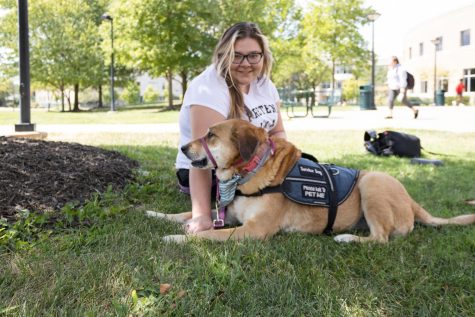
“I know I will be safe in any surrounding I’m in,” Sinning said. “When I do have a bad experience, and I end up having an attack, I know that she’s going to be there to protect me and protect others.”
Overall, Sinning said her time on campus has been great, but her freshman year was not good.
“In my first year on campus, there was a lot of negativity on campus by staff,” Sinning said. “People had berated and yelled at me. Said she was a ‘fake a** service dog.’ I had professors touch her without permission.”
After Sinning moved off campus, she said she noticed these problems stopped. Her time on campus has gotten better since her first year.
Calloway said their experience on campus with Ozzie is very complex.
“The school itself makes it very complicated to understand the rules about service dogs,” Calloway said. “It makes it really hard for people who want service dogs or need service dogs to actually get them onto campus without issue.”
“My classes and my professors and my work were super accommodating,” Calloway said. “However, the issues I have faced is the mistreatment of my disability and my dog.”
Calloway said students and faculty on campus start interacting with Ozzie and distracting him without their consent. They said they are uncomfortable with confronting people who interact with Ozzie without their permission.
“Technically, under federal law, Ozzie is the equivalent of a wheelchair or a crutch,” Calloway said. “Would you go up and pet a wheelchair? No, you would not. It’s weird.”
Calloway and Sinning said they want people on campus to educate themselves on service dogs and understand why they cannot interact with them.
“I want people to become more educated on how to interact with service dogs,” Calloway said. “The best advice I’ve given somebody is do not stare too much at a service dog. Do not make noise at the dog. You can interact with the handler to a point and be like, ‘Hey your dogs really cool.’”
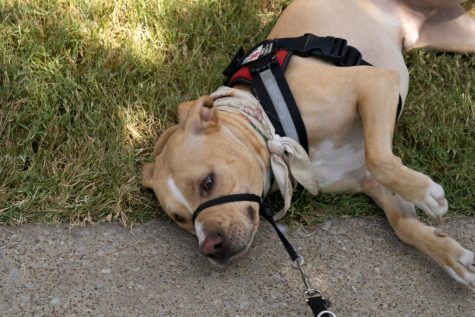
Sinning said the best way to learn about a particular service dog is to ask their handler without distracting their dog.
“The only way to educate yourself is to ask,” Sinning said. “I mean, Google is free, but if you really want to know, just ask.”
Sinning said she plans on letting Lily retire in March.
“Most dogs usually retire around the age of 7, but talking to my vet, we decided as long as she could still perform her tasks, let her work until she says she’s done,” Sinning said.
As of now, Sinning is training a new service dog to replace Lily. Sinning’s new service dog is named Freya, and she is a 7-month-old Bernese Mountain Dog. She said Lily will go into retirement once Freya is fully trained and live the rest of her life as a house dog.

